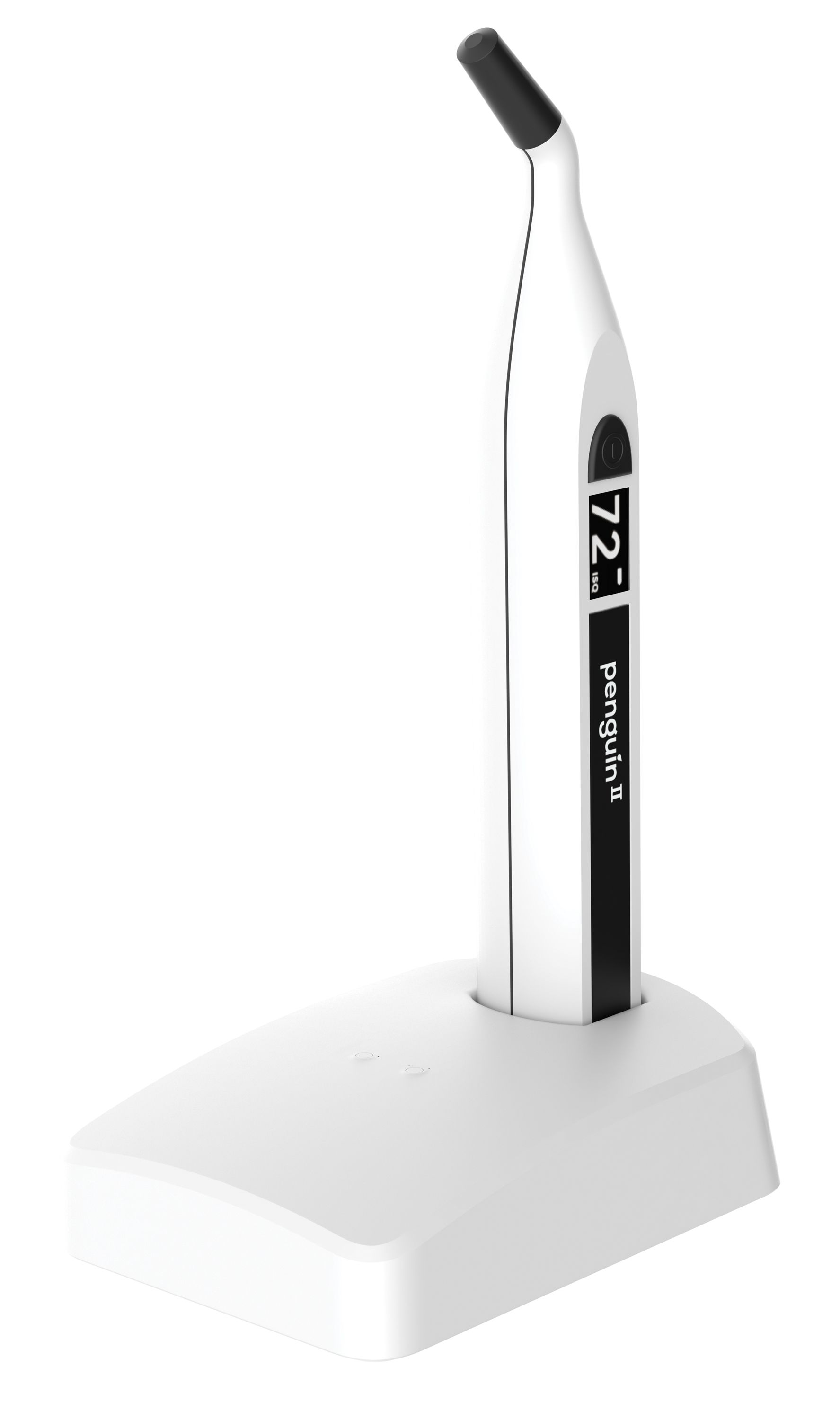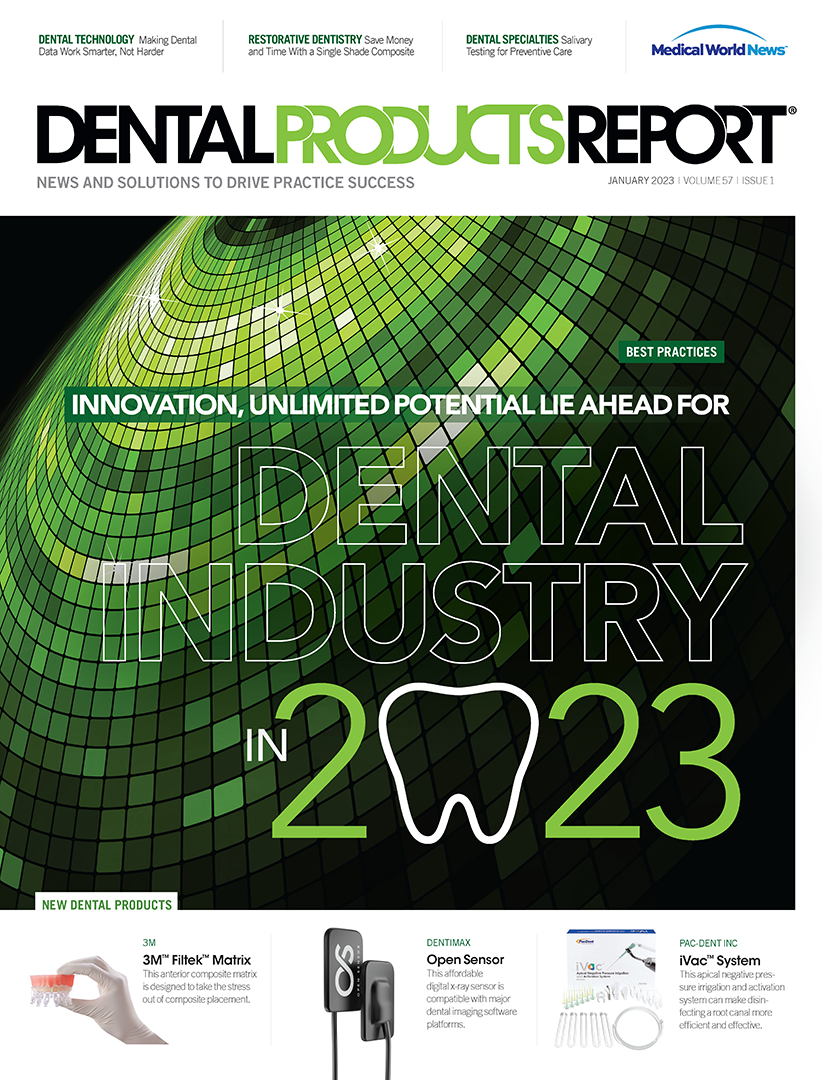5Ws* Penguin II
This implant stability monitor uses resonance frequency analysis for a reliable measurement of implant stability at any stage of treatment.
5Ws* Penguin II

Information provided by Aseptico.
What
Penguin II implant stability monitor
Who
Aseptico
425-408-9347 | aseptico.com
Where
Any dental practice that places implants or restores dental implants. Penguin II works with all major dental implant systems.
When
For single-stage immediate loading implant cases to help the clinician determine if the implant is safe to load. For implant cases to monitor osseointegration over time prior to restoration.
Why
Being able to measure and monitor osseointegration in a noninvasive, objective, accurate and repeatable manner helps clinicians better manage risk and ensure good outcomes for their dental implant patients.Clinical benefits include the ability to reliably monitor the osseointegration of implants, the removal of doubt when determing safe loading times, the reduced risk of implant failure. It is designed to be affordable and uncomplicated.
The How*
The technique behind the Penguin II is called resonance frequency analysis (RFA) and the measurement unit is named the implant stability quotient (ISQ). A specially designed peg, called a MulTipeg™, is attached to the implant. The peg is excited by magnetic pulses from the instrument and vibrates due to the stiffness in the contact area between the bone and the implant surface. The instrument measures the frequency of vibration and translates it to an ISQ scale value between 1 and 99, with a higher ISQ value correlating to better stability. For example, a measurement of ISQ 70 indicates a very stable implant with low micro-mobility.
